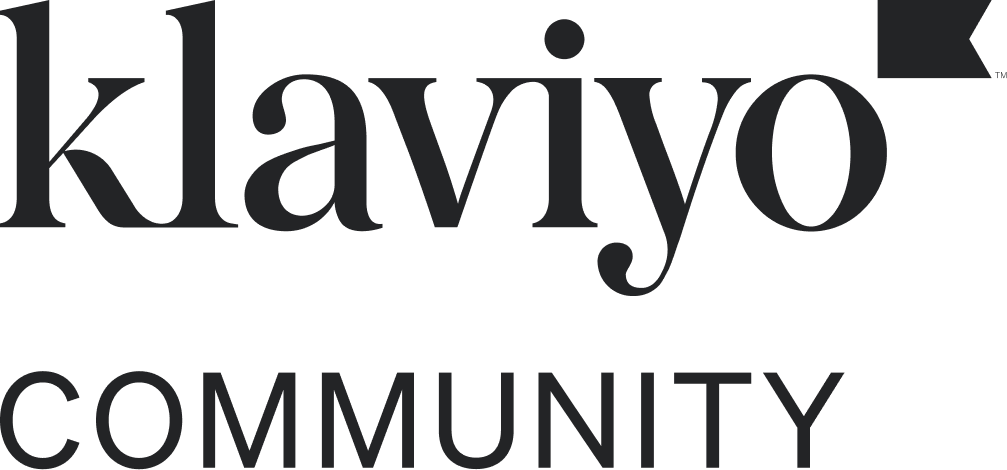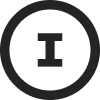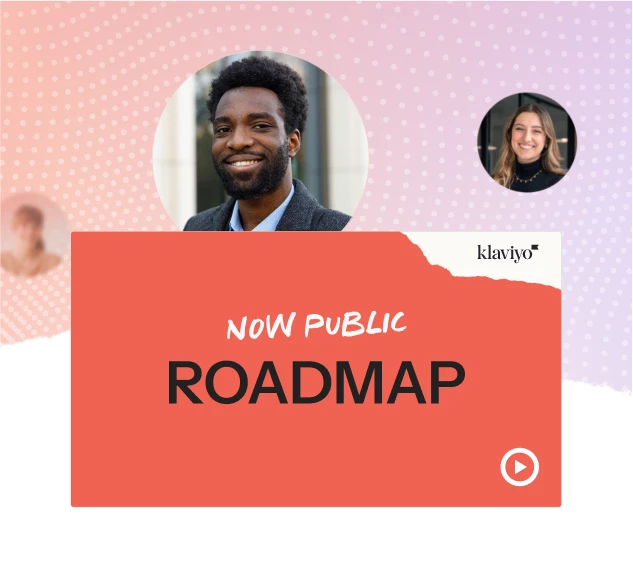Whether you’re looking for the replay of today’s session or to catch up with some of our additional resources, you’ve come to the right place! You’ll find everything you need below.
Facebook, Instagram, and Messenger are powerful tools to promote your brand and gain new leads. But with advertising becoming more and more expensive, reaching the right audience is more crucial than ever! Using your trusted Klaviyo segment data as the basis for custom and lookalike audiences, we show you how to gain more ownership over the customer journey when advertising on these channels.
In this session, we cover:
-
Enabling the Facebook integration in your Klaviyo account
-
Building a segment to be used as a custom audience
-
Building a segment to be used as a lookalike audience
-
Syncing these segments to Facebook Ads Manager
ADDITIONAL RESOURCES
Getting started with Facebook Advertising
Facebook integration data reference
Guide to advanced targeting on Facebook & Instagram
How to determine your Facebook audience sync strategy
How to create a Lookalike Audience on Facebook Ads Manager
Academy course: Grow your business with Klaviyo’s Facebook Advertising integration
Neil Patel on how to do paid social without cookies
Growth division on the cookieless future for marketers
Let us know in the comments below which Klaviyo segments you’ll be using as custom audiences!







